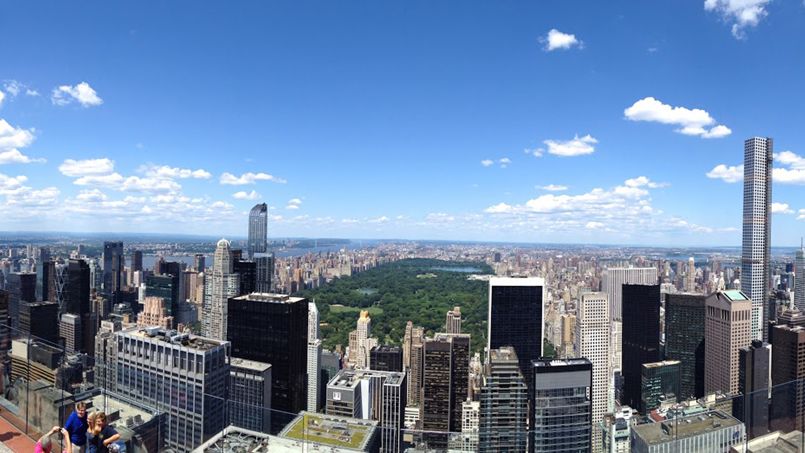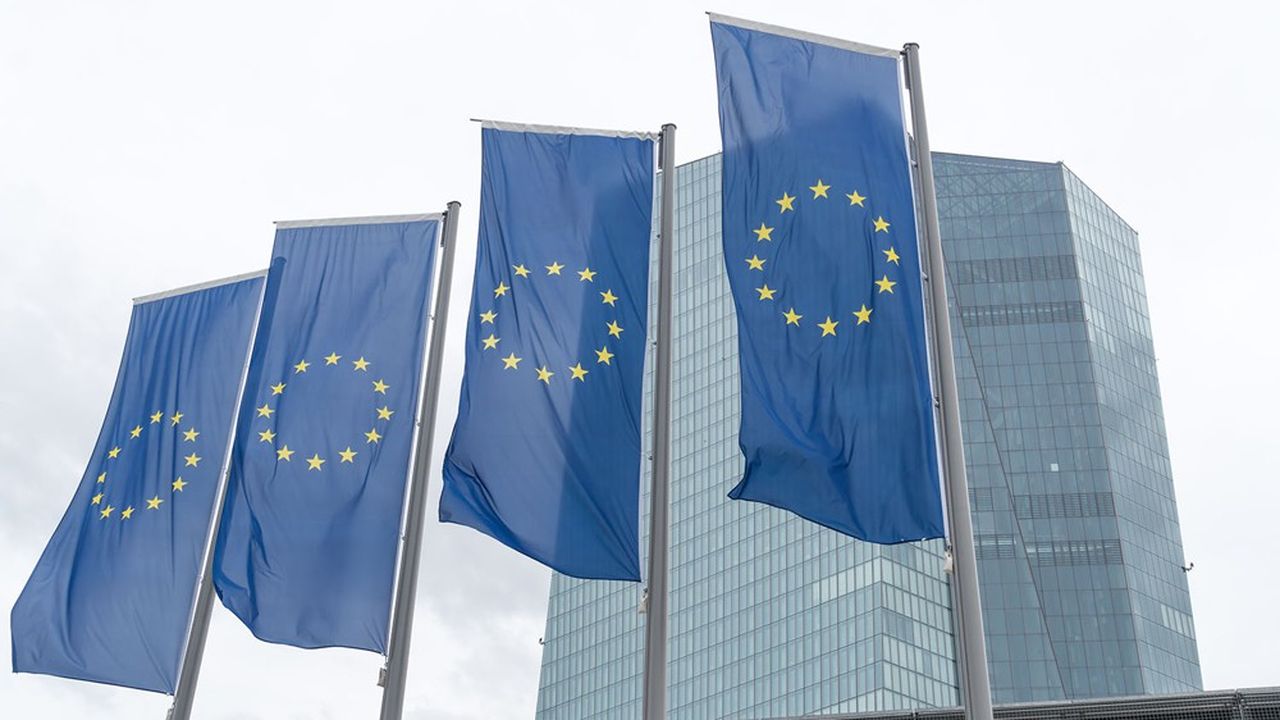FOCUS – If the constructible square meters are limited on a given lot, this does not concern the height! Result: promoters buy “air rights” to build ever higher.
Always taller, always thinner: A new generation of residential skyscrapers is growing in New York, some taller than theEmpire State Building, changing the world’s most famous skyline a little more every day. What they have in common: they are extremely thin, extremely tall, and apartment prices are reaching stratospheric levels. Three recently passed the 100 million mark dollars. Half a dozen grow or are planned south of Central Park, for the breathtaking views of Manhattan’s famous green lung. Others around Madison Square Park, or even further south of the island, and at least one in theUpper East Side.
“It’s a new type of skyscraper, which has just started to appear in New York, but they will proliferate in the next five to ten years and change the character of the Manhattan skyline,” explains the AFP Carol Willis, Founder and President of the New York Skyscraper Museum. They have between 50 and 90 floors, their architects are sometimes international celebrities. Their buyers are multimillionaires from all over the world, who view these “trophy apartments” in the sky as an investment, or a very chic pied-à-terre. Many will not be living there full time.
One of the earliest examples is the 0ne57 Tower at 157 West 57th Street, known as Billionaires’ Street south of Central Park. Completed in 2014, it is 306 meters high, 75 floors, for 92 ultra-luxurious apartments in the clouds. It was briefly the tallest residential tower in New York, since dethroned by 432 Park, an ultra-thin rectangle of 104 apartments, 96 floors and 425 meters high almost completed, that can be seen from everywhere in Manhattan: it is higher than the Empire State Building (381 meters without the antenna, 443 meters with). Another project at 217 West 57th Street will exceed 472 meters; 111 West 57th Street (delivery expected in 2018), particularly thin, will be 435 meters high for 80 floors and only 60 apartments, some duplex. In its widest part, the tower will not exceed 18.28 meters by 24.38 meters.
Exceeded standards
It is explained by the cost of the land, but also by the specificity of New York law: since 1961, it has limited the square meters that can be built on a given land, but not the height. And developers can legally buy the rights to neighboring buildings that have not used their entire buildable area. They therefore buy these “air rights”, combine them, to build ever higher. On the other hand, the selling neighbors will never be able to build again, once their air rights have been sold, which can reach up to $ 6,500 per m2. “View has value, and that value is reflected in the price of ‘air rights,’ says Carol Willis.
These thread-like towers, made possible by technological progress and materials specially designed to withstand the wind in particular, do not only make people happy. The former already cast long shadows on Central Park, threatening its sports grounds, its zoo and its merry-go-round, according to the Municipal Art Society of New York (MAS) which, in a report entitled the “accidental skyline”, details the shadows that these new constructions will eventually generate in Central Park. She emphasizes that these towers are growing thanks to land mergers and air rights buyouts “without significant public review”, and therefore without a study on their general impact.
The 50-year-old regulations are “outdated”, she said, calling for a review of the urban plan. “Public access to air, light and green spaces cannot be sacrificed,” she emphasizes, asking the town hall to intervene. According to Carol Willis, these ultra thin towers should remain an exception in New York, because of their cost to build. “When developers could expect $ 3,000 per square foot ($ 32,600 per m2), these towers did not exist because the high price of construction could not be covered by the sale,” she explains. Today, she says, some apartments in the sky are trading for $ 55,000 to $ 110,000 per square meter.
–


